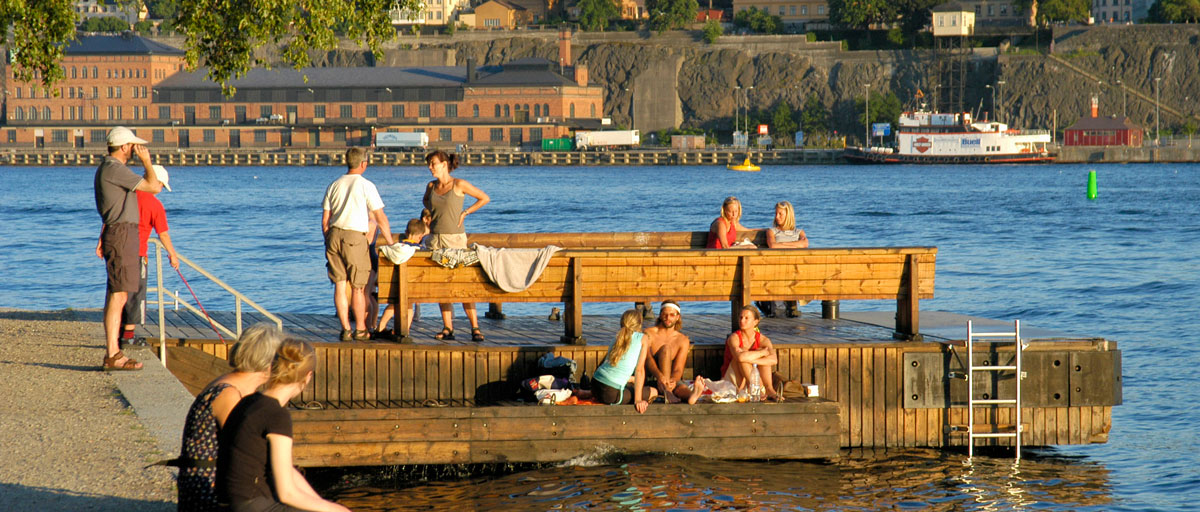Urban resilience at eye level: Spatial analysis of empirically defined experiential landscapes
Summary
An unresolved issue in creating resilient cities is how to obtain sustainability benefits from densification while not eroding the capacity of social-ecological systems to generate wellbeing for urban dwellers. To understand how different relationships between urban form and wellbeing together play out, we analysed geocoded experiential data (1460 experiences from 780 respondents) together with variables of the physical environment. Through statistical and spatial analysis, we operationalised resilience principles to assess what urban environments provide “resilience at eye level” – a diversity of experiences and a level of connectivity between them that limit adverse outcomes. We found 8 typologies of experiential landscapes – distinct compositions of 11 categories of experiences. Our analysis shows that typologies with experiences supportive of wellbeing are diverse and exist in environments that balance residents and workplaces, avoid extreme spatial integration
and/or density and have accessible nature. Typologies with many experiences hindering wellbeing fail in one or several of these respects. Our findings suggest that resilience principles can act as a guiding heuristic for urban densification that does not compromise human wellbeing.







